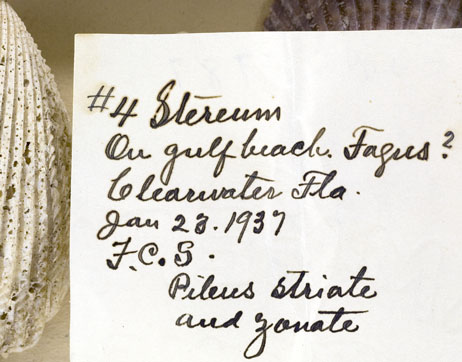» 2007 » February

When strawberries go bad
What could be better than succulent fruit, rotting in time lapse? And doesn’t everyone want to know more about the fungi that rot strawberries? These are rhetorical questions.

Mystery liverwort fungus, chapter 4
The Friday Afternoon Mycology and Molecule Man are closing in on the identity of the liverwort fungus. In this episode we relate the results of PCR, question the eating habits of organ transplant patients, and finish up by chanting the DNA sequences aloud. But where has it gotten us?

Something funny in the herbarium
You never know what you’ll stumble across in the herbarium. It’s a treasure trove of irreplaceable specimens, undescribed species, and occasionally, jokes.

Mushroom Fever
People used to think mushrooms sprang up spontaneously after thunderstorms or in response to devilry. We know better now, but there’s still some art in cultivating them. That said, you can probably manage to grow some yourself–maybe in your backyard or woodlot. Guest blogger Ariadne Reynolds reports on the forest farming of mushrooms, and provides some leads in case you’re ready to get started.
